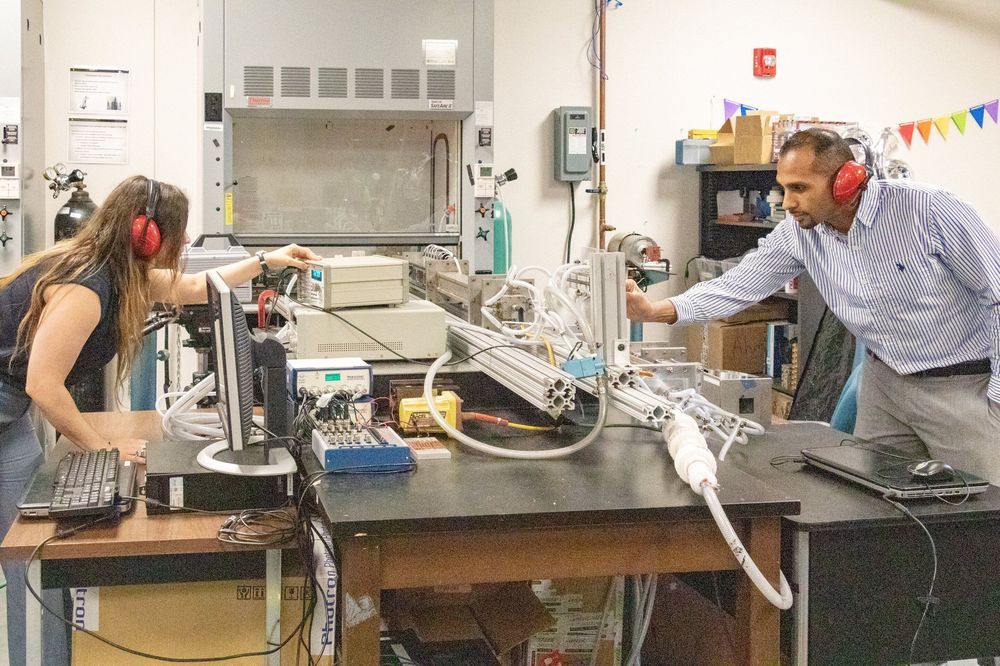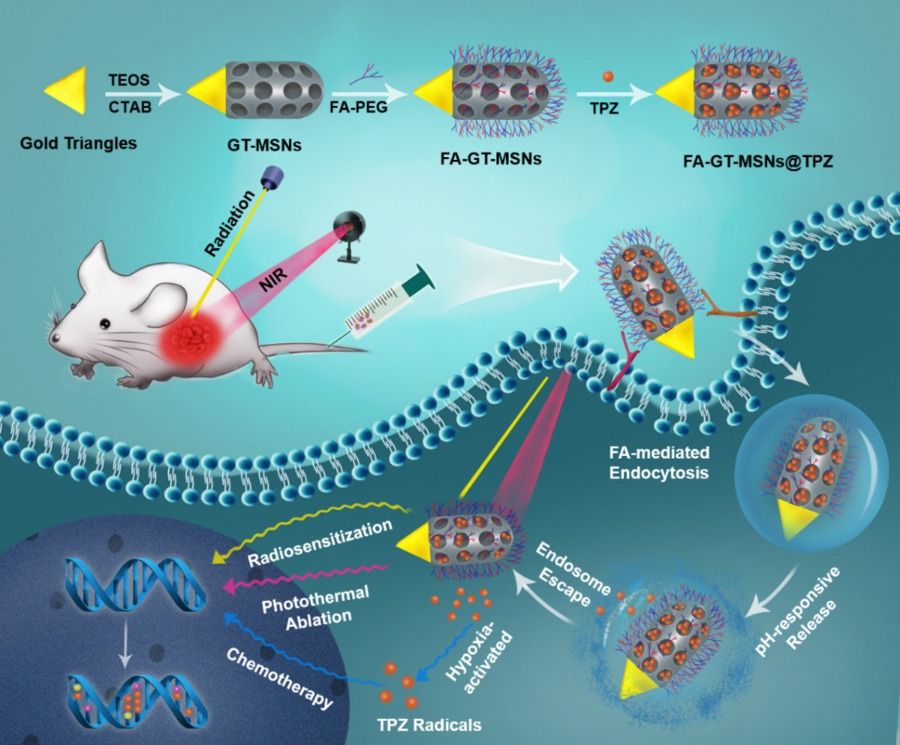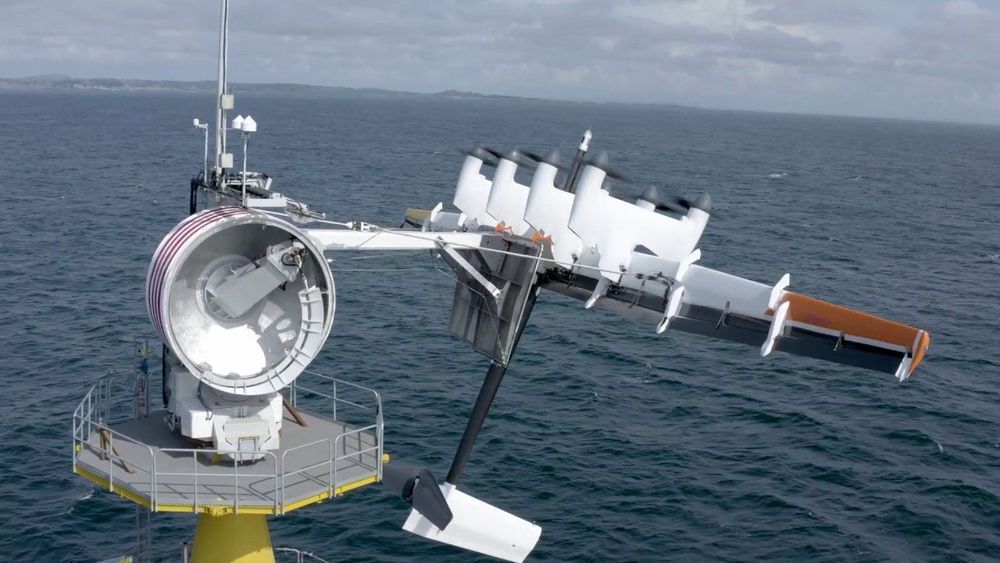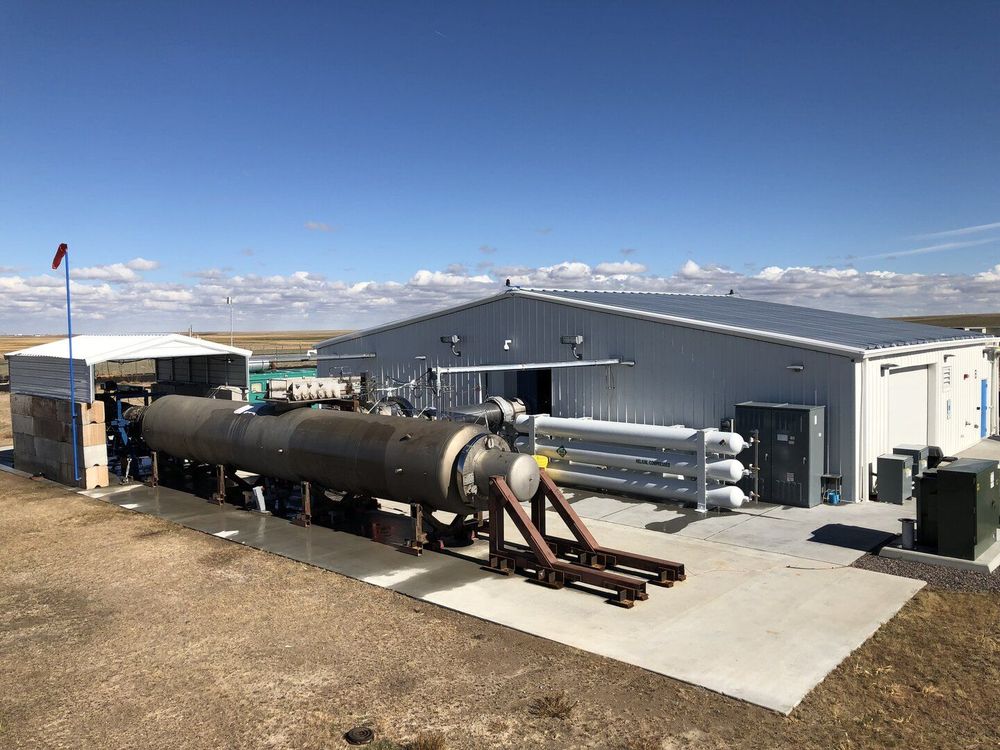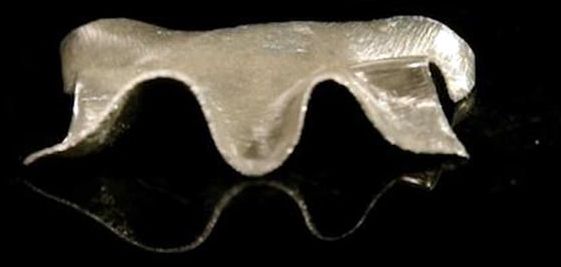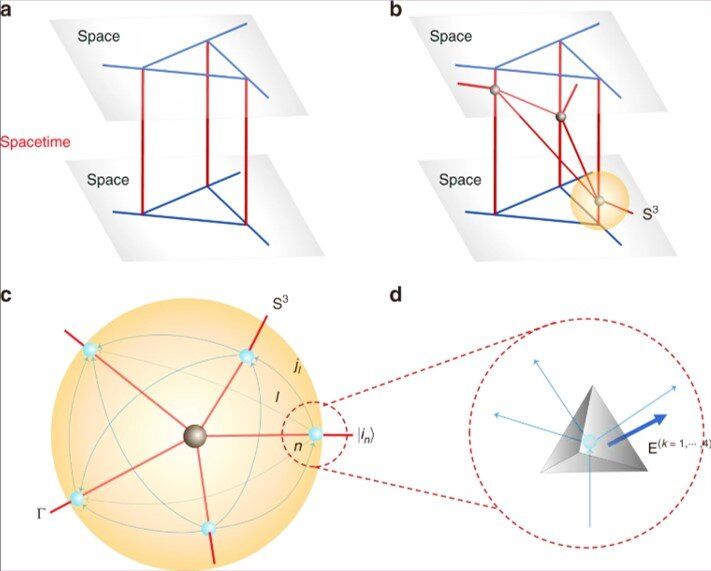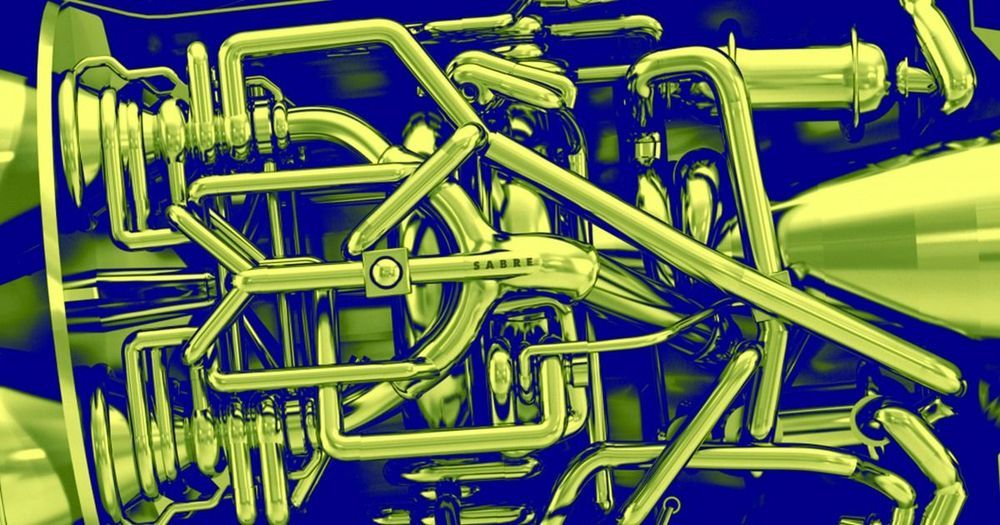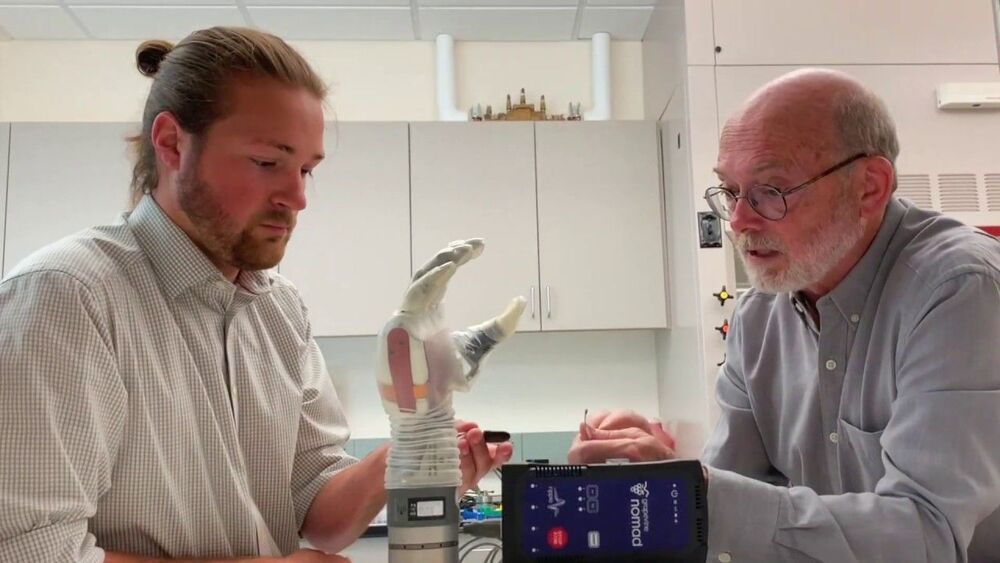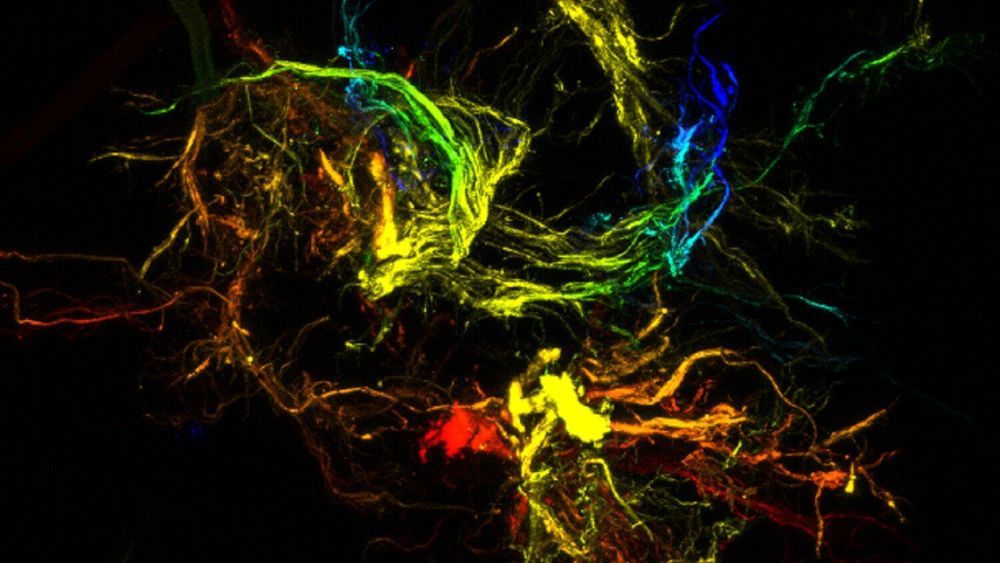Oct 31, 2019
Researchers discover mechanisms for the cause of the Big Bang
Posted by Paul Battista in categories: cosmology, engineering
The origin of the universe started with the Big Bang, but how the supernova explosion ignited has long been a mystery—until now.
In a new paper appearing today in Science magazine, researchers detailed the mechanisms that could cause the explosion, which is key for the models that scientists use to understand the origin of the universe.
“We defined the critical criteria where we can drive a flame to self-generate its own turbulence, spontaneously accelerate, and transition into detonation,” says Kareem Ahmed, an assistant professor in UCF’s Department of Mechanical and Aerospace Engineering and co-author of the study.
